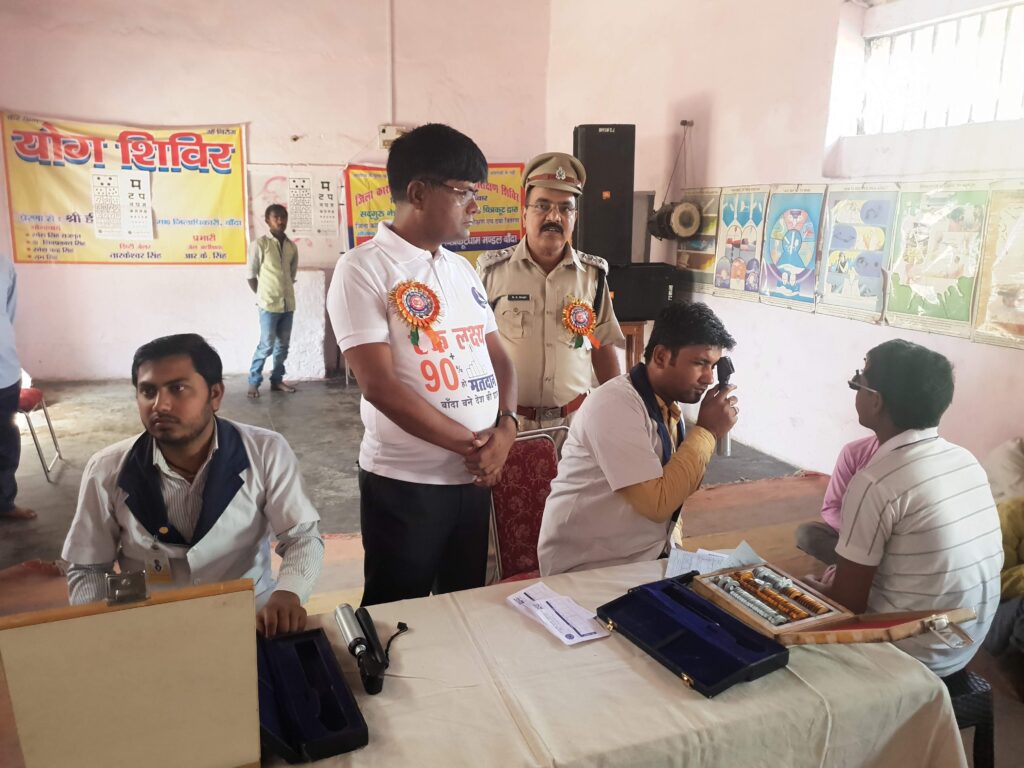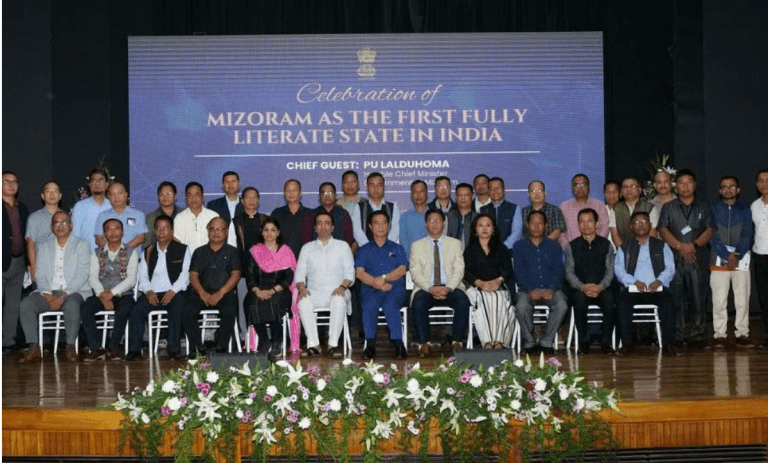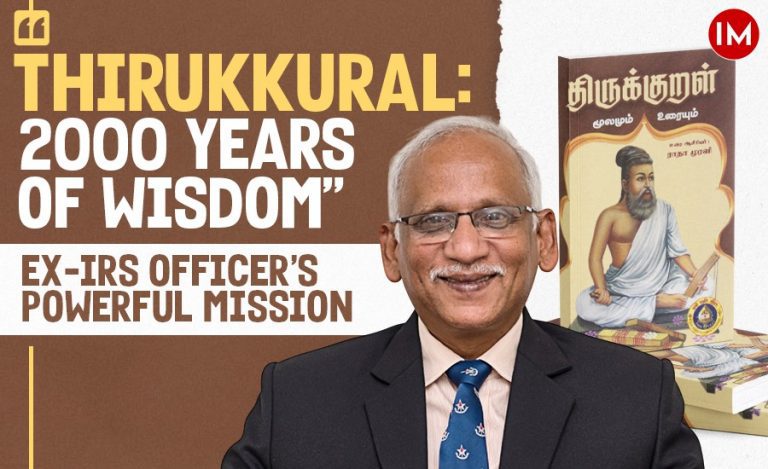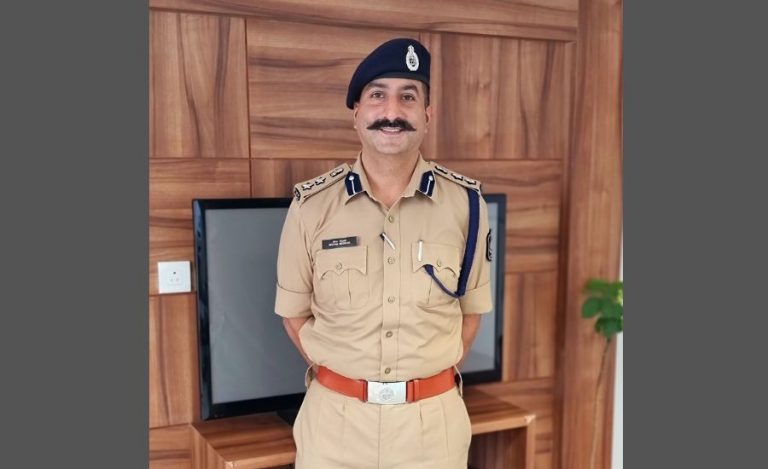Banda Jail and its inmates saw a ray of light amidst the all-pervading gloom when the then DM Heera Lal visited them and promised to change the conditions within the prison premises for the better. And true to his words, he introduced many reforms to better the living conditions and bring about changes in the mindset of the inmates, by engaging them in productive activities that would create an overall positivity. By doing this, he followed the actual purpose of sending criminals to prison. To change them into honest and law-abiding citizens by empowering them with values, skills, and a platform for mainstream integration, thereby automatically creating a distaste for criminality.
Mr. Heera Lal dedicatedly worked for prison reforms during his tenure as DM Banda and made it his mission to try and convert Banda Jail into a model prison. In an exclusive conversation with Indian Masterminds, Mr. Lal explained how he tried and succeeded in bringing about much-needed changes in Banda Jail.

REFORMS INITIATIVE
When Mr. Lal visited Banda Jail for the first time, the sad and gloomy faces of inmates deeply moved him. His conscience forced him to think about the possible compromise on the human rights of the inmates, and a reducing probability of them transforming into responsible law-abiding citizens. He noticed that poor living conditions, absence of outside activities, and lack of proper engagement in productive activities added to the frustration of inmates, which made it less likely for them to think positive thoughts. Hence, he decided to take matters into his hands and chalked out a few plans to introduce some changes to bring about positivity.
“We designed and implemented an ambitious campaign titled ‘Aisi Gatividhiyan apnayenge, jail mein acche maanav banayenge.’ It was an idealistic approach with practical qualifications that guided us through the process of transforming Banda Jail and its inmates.”

HUMANE APPROACH
Prison reforms in Banda jail were approached with a fresh, contemporary, and humane outlook. An ambitious methodology was adopted for the prisoners, which included:
- A two-phased, five-day yoga camp.
- Local games were introduced with proper team formation and championship formats.
- To enliven the environment, and re-introduce value of social life, various cultural activities like music and dance programmes were introduced.
- Inmates were imparted training on handicrafts, painting composition and exhibition.
- A cleanliness competition was held among the inmates under Swatch Banda Jail.
- To bring inmates closer to nature, arrangements were made to create bird habitat in the premises.
- For the purpose of empowerment, women inmates were trained to stitch clothes which were then marketed in the district.
- Festivals were celebrated with full fun and enthusiasm. Jail administration used to arrange all required stuff.
- Wells were cleaned. A new pond was developed to store campus rainwater.
- Several other activities were adopted, such as initiation of dairy in jail, introducing literacy, use of medicinal value trees, farm management, etc.

SUCCESS OF THE INITIATIVE
Mr. Lal’s initiative touched and transformed the lives of over 900 inmates. What started with an emotional trigger soon gained momentum and transformed into a full-fledged, well-planned, sustainable inmate-engagement project.
“This initiative not only helped improve the overall living conditions of Banda Jail, but the various engagement and value-adding programs helped the inmates become a better version of themselves. Overall, we were successful in achieving our set objectives.”

Unavailability or inadequate resources is often the primary reason for the failure of any initiative. Therefore, while creating the engagement design, the officer kept the implementation very light on resources and funds. Most of the interventions were voluntary, complimentary, or charitable in nature, while, at the same time, maintaining the highest output standards.

































